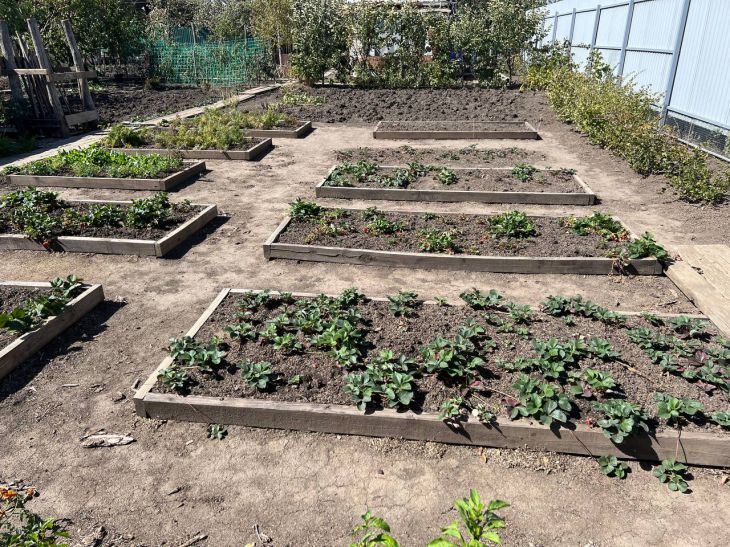On tiny plots, Chinese farmers are harvesting record crops – 5-7 times more than Europeans. How do they do it?
Dr. Li Wei from Beijing Agricultural University revealed three rules that have taken social media by storm in an exclusive interview with National Geographic.
First, plant your vegetables in spirals instead of rows. This technique, known as a "dragon bed," allows the plants to receive even light.

Second, use bamboo poles with hanging bottles of water - as it evaporates, it creates a microclimate, like in a greenhouse.
Third and most important: water not the roots, but... the leaves with a solution of rice water after cooking.
"Starch is a natural stimulator of photosynthesis," says Lee.
Experiments in Sichuan Province have shown that with this approach, cucumbers produce up to 50 fruits per bush instead of the usual 10. Skeptics call it "Eastern magic," but the results speak for themselves.
Spiral planting is not just a fad. Physicists from Shanghai University have proven that this shape minimizes the shadow between plants.
Each leaf receives 20% more light than in a row system. This is ideal for cucumbers, pumpkins and beans.
But this method is not suitable for root vegetables (carrots, beets) - they need space to grow deep.
Bamboo poles with bottles are ingenious and cheap. Water evaporates during the day and condenses on the leaves at night, creating a dew effect.
This reduces the need for watering by 40%. Dr. Lee recommends adding 2-3 drops of iodine to bottles: it protects against fungi.
What about rice water? Its secret is enzymes. When rice is cooked, it releases amylase, which breaks down the starch in the leaves into glucose.
This speeds up the ripening of the fruit. But it is important to use water without salt! Otherwise, the leaves will get burned.
The Chinese also practice "multi-level" farming. For example, they hang pots of strawberries above cucumbers - their roots are fed by the flowing rice water. Thus, three crops are harvested from 1 m².
But there are risks. Too dense a spiral provokes fungal diseases. Professor Wang from Nanjing University recommends leaving 25 cm between plants for air circulation. Also, rice treated with pesticides should not be used - toxins accumulate in the fruits.
